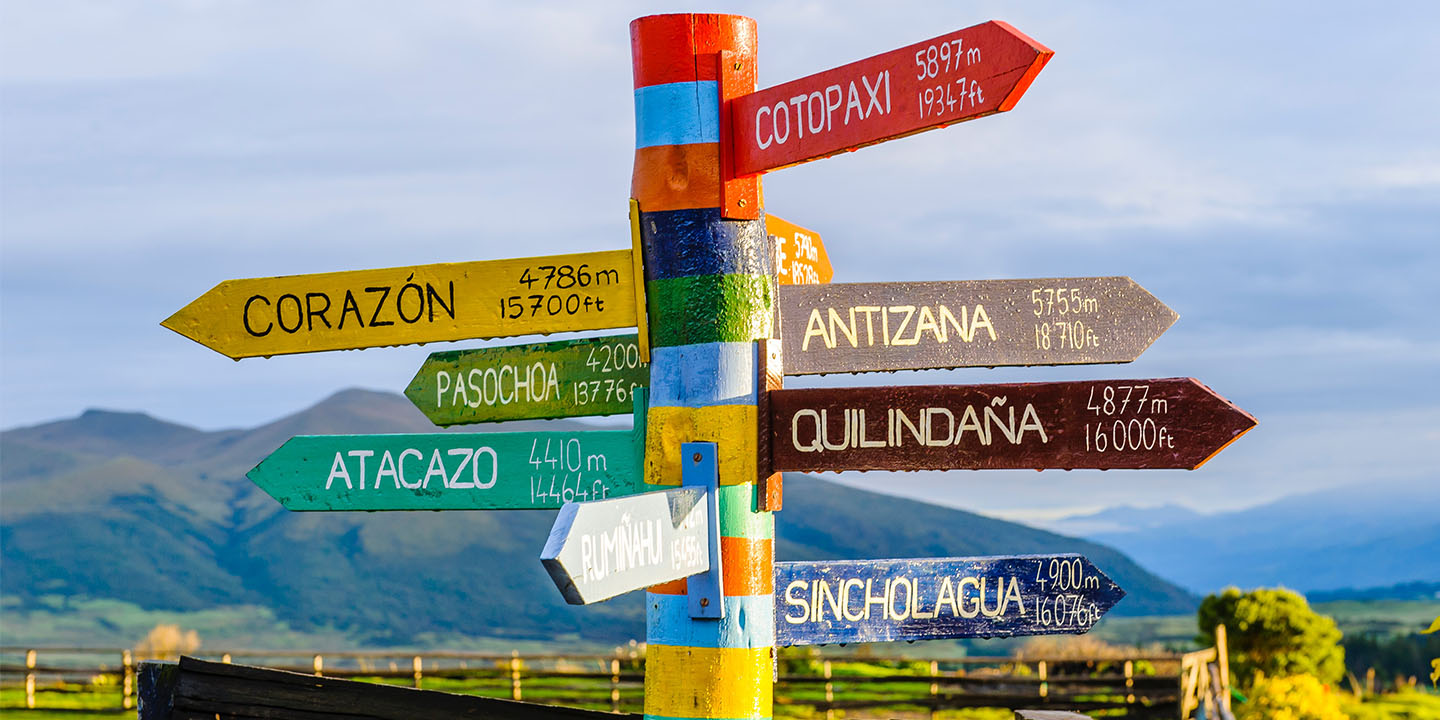Meet The Old And The Bold
Language has been humanity’s favorite invention ever since we stopped pointing and grunting. Some tongues have weathered empires, plagues, and the invention of the internet. Others? They’re still figuring out if they prefer being typed, spoken, or programmed. Together, they remind us that language is always evolving, just like your slang after one week on the internet. So, let’s take a look at the ten wise old tongues that make up our language universe.
![]() Avatar: The Way of Water | Official Trailer by Avatar
Avatar: The Way of Water | Official Trailer by Avatar
1. Sumerian
Sumerian holds the title of the world’s first written language, emerging around 2900 BCE in ancient Mesopotamia—modern-day Iraq. It was written on what were called clay tablets in cuneiform and has no known linguistic relatives. Though eventually replaced by Akkadian, it remained in religious use for centuries.
2. Egyptian
Egyptian first appeared around 3250 BCE and stayed in use for more than 3,000 years. Initially written in hieroglyphs, it later evolved into hieratic and demotic scripts. Interestingly, it gave rise to Coptic, which still survives in Christian liturgy.
3. Akkadian
Akkadian was first written around 2500 BCE, adopting cuneiform script from the earlier Sumerian system. It became the official language of the Assyrian and Babylonian empires. Over time, it branched into dialects like Assyrian and Babylonian and played a key role in preserving Sumerian texts through translations.
 http://www.omniglot.com/writing/akkadian.htm on Wikimedia
http://www.omniglot.com/writing/akkadian.htm on Wikimedia
4. Tamil
Unlike most ancient languages, Tamil never disappeared. With origins dating back almost 2,000 years, it remains a living, spoken language. Predominantly used in Tamil Nadu and Sri Lanka, it carries a deep literary tradition and is spoken by over 70 million people globally.
 Shivz Photography on Wikimedia
Shivz Photography on Wikimedia
5. Sanskrit
Sanskrit dates back to at least 1500 BCE and served as the language of the Vedas, forming the foundation of Indian classical literature. Today, it lives on in Hindu rituals, chants, and scholarly use while shaping major South Asian languages like Hindi and Bengali.
6. Greek
When it comes to longevity and impact, Greek stands out. Its written history begins around 1450 BCE with the Linear B script and stretches across millennia. The language shaped concepts in philosophy, science, and democracy, and its alphabet—derived from Phoenician—still forms the foundation of modern Greek.
7. Hebrew
Few languages get a second life—Hebrew did. First seen around 1200 BCE in ancient Israel, it served as the sacred language of the Hebrew Bible. After centuries of dormancy, it was revived in the 19th century and is the official language of Israel, shaped by regional influences.
8. Chinese (Old Chinese)
Chinese writing began around 1250 BCE with inscriptions on oracle bones and tortoise shells. These early forms laid the foundation for all modern Chinese dialects, including Mandarin and Cantonese. Its script evolved but never broke, making it the oldest continuous writing system.
9. Aramaic
Once the everyday language of empires, Aramaic took shape in ancient Syria around the 11th century BCE. It eventually replaced Akkadian as the region’s lingua franca and is believed to have been spoken by Jesus. Traces of it remain in the Dead Sea Scrolls and in scattered modern communities.
10. Latin
Latin was considered the main language of the Roman Empire and the Catholic Church. It gave rise to Romance languages like French, Spanish, and Italian. Though no longer spoken conversationally, it still shapes Vatican rites, legal terms, and grammar studies today.
Now, here are ten of the newest languages created in recent history.
1. Tok Pisin
Tok Pisin came together in the late 19th century in Papua New Guinea as a simplified form of English. Over time, it developed into a creole with grammar shaped by local languages. Today, it’s spoken by about five million people and used in schools, government, and media.
2. Esperanto
Created in 1887 by L. L. Zamenhof, Esperanto aimed to be a simple, neutral way for people around the world to communicate. With phonetic spelling and easy grammar, it now constitutes over 2 million speakers and its own media ecosystem.
 G. Nagy Róbert fényképezte on Wikimedia
G. Nagy Róbert fényképezte on Wikimedia
3. Lingala
Lingala took shape in the early 1900s in the Congo region, blending Bobangi with French. It grew rapidly, thanks to its use in the military, schools, and especially music. Spoken widely in both Congo and DR Congo, it’s a tonal language written with the Latin alphabet—and a powerhouse in African trade.
4. Nigerian Pidgin
Nigerian Pidgin began during British colonial times in the 1600s and 1700s, mixing English with local languages like Yoruba and Igbo. Today, over 75 million Nigerians speak it. You’ll hear it in songs, movies, online, and even politics—despite no standard spelling, it’s constantly evolving.
 EASIEST NIGERIAN PIDGIN ENGLISH IN JUST 10 MINUTES by Sit With Nwanneka
EASIEST NIGERIAN PIDGIN ENGLISH IN JUST 10 MINUTES by Sit With Nwanneka
5. Toki Pona
Developed in 2001 by linguist Sonja Lang, this language uses just 120 to 140 root words. Inspired by Taoist philosophy, it focuses on simplicity and clear thinking. Fans easily connect through online chats, workshops, and a tight-knit language community.
6. Na’vi
Na’vi was developed in 2009 by linguist Paul Frommer specifically for James Cameron’s film Avatar. Unlike most fictional languages, it features real grammar rules and an expanding vocabulary. It also includes rare sounds like ejectives.
7. Elvish (Quenya & Sindarin)
Elvish, split into Quenya and Sindarin, was crafted by J.R.R. Tolkien for his famous Middle-earth universe. Quenya draws from Finnish, while Sindarin echoes Welsh. Known for rich grammar and lyrical tone, it’s embraced in fan creations and cosplay—and even studied seriously in academic linguistics circles.
8. Sheng
Sheng started in Nairobi in the 1950s as a mix of Swahili, English, and local Kenyan languages. It’s known for fast-changing slang that shifts year to year. Despite its fluid nature, it plays a major role in Kenyan music, radio, and youth conversations across the country.
9. Klingon
Developed in 1984 by linguist Marc Okrand for Star Trek, Klingon was intentionally complex, with sharp, guttural sounds and grammar that breaks familiar patterns. It has its own dictionary and a passionate fan base that’s taken it far beyond the screen.
 en:User:Runic_code on Wikimedia
en:User:Runic_code on Wikimedia
10. Light Warlpiri
Light Warlpiri emerged in the 1980s in Lajamanu, Australia. It mixes Warlpiri, English, and Kriol but forms a unique grammar all its own. Unlike its source languages, it’s structurally distinct and primarily spoken by younger generations.






















